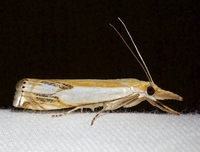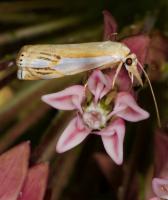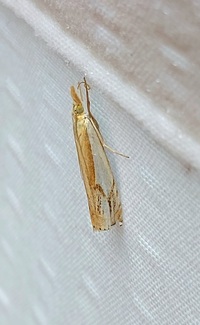
| Recorded by: Mark Basinger on 2025-08-11
Ashe Co.
Comment: | 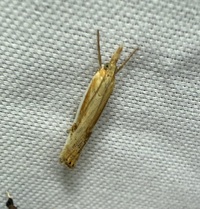
| Recorded by: Marilyn Westphal on 2025-08-09
Henderson Co.
Comment: |
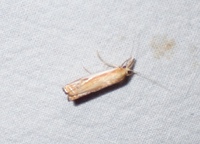
| Recorded by: Sarah Toner and Larry Chen on 2025-07-30
Tyrrell Co.
Comment: | 
| Recorded by: Jim Petranka and Becky Elkin on 2025-07-29
Madison Co.
Comment: |
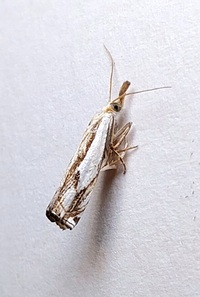
| Recorded by: Mark Basinger on 2025-07-29
Wilson Co.
Comment: | 
| Recorded by: Jim Petranka and Becky Elkin on 2025-07-26
Madison Co.
Comment: |
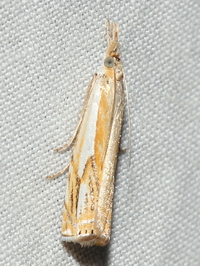
| Recorded by: David George, Dale Morgan, Patrick Coin, Julie Tuttle, Becky Watkins, et al. on 2025-07-26
Orange Co.
Comment: | 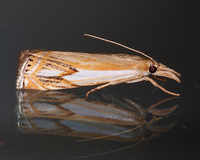
| Recorded by: Jim Petranka on 2025-07-20
Madison Co.
Comment: |

| Recorded by: Jeff Niznik, David George, Rob Van Epps, Kevin Metcalf on 2025-07-20
Richmond Co.
Comment: | 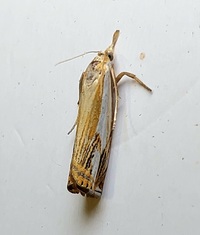
| Recorded by: Mark Basinger on 2025-07-13
Rowan Co.
Comment: |

| Recorded by: Mark Basinger on 2025-07-05
Wilson Co.
Comment: | 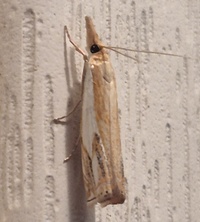
| Recorded by: Michael P Morales on 2025-07-04
Orange Co.
Comment: |
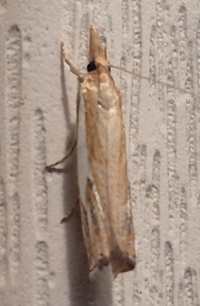
| Recorded by: Michael P Morales on 2025-07-04
Orange Co.
Comment: | 
| Recorded by: Dean Furbish on 2025-07-04
Wake Co.
Comment: |
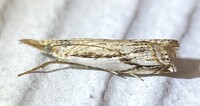
| Recorded by: Dean Furbish on 2025-07-01
Wake Co.
Comment: | 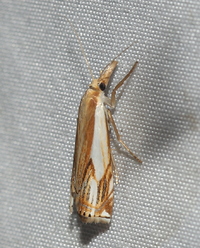
| Recorded by: David George, David Cheng, Patrick Coin on 2025-06-29
Richmond Co.
Comment: |

| Recorded by: Jim Petranka, Mark Basinger and Becky Elkin on 2025-06-29
Richmond Co.
Comment: | 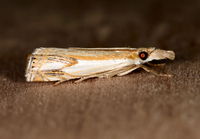
| Recorded by: Jim Petranka, Mark Basinger and Becky Elkin on 2025-06-29
Richmond Co.
Comment: |
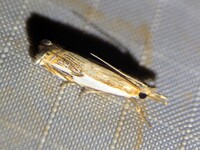
| Recorded by: Melody McMichael on 2025-06-26
Forsyth Co.
Comment: | 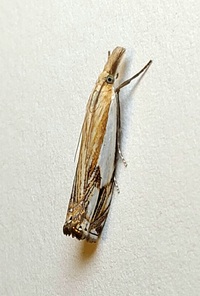
| Recorded by: Mark Basinger on 2025-06-25
Buncombe Co.
Comment: |
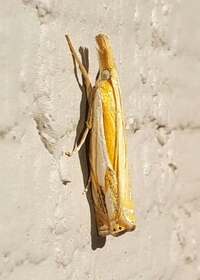
| Recorded by: Allison Garton on 2025-06-24
Moore Co.
Comment: | 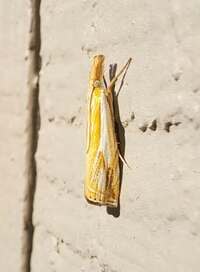
| Recorded by: Allison Garton on 2025-06-24
Moore Co.
Comment: |
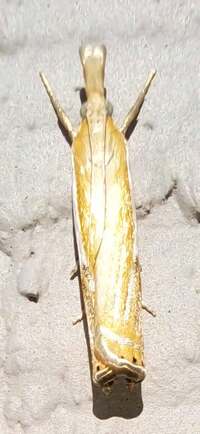
| Recorded by: Allison Garton on 2025-06-24
Moore Co.
Comment: | 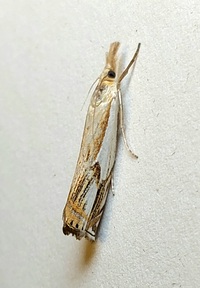
| Recorded by: Mark Basinger on 2025-06-22
Buncombe Co.
Comment: |
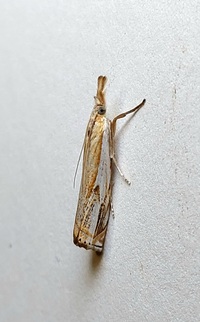
| Recorded by: Mark Basinger on 2025-06-21
Brunswick Co.
Comment: | 
| Recorded by: Jeff Niznik, David George, Larry Chen, Sarah Toner, Joye Zhou on 2025-06-20
Richmond Co.
Comment: |
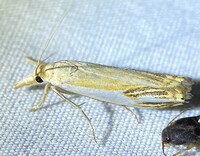
| Recorded by: Dean Furbish, Lior S. Carlson on 2025-06-18
Alamance Co.
Comment: | 
| Recorded by: Dean Furbish, Lior S. Carlson on 2025-06-18
Alamance Co.
Comment: |
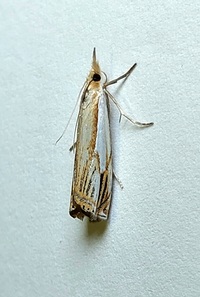
| Recorded by: Mark Basinger on 2025-06-14
Rowan Co.
Comment: | 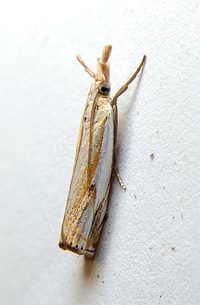
| Recorded by: Mark Basinger on 2025-06-11
Wilson Co.
Comment: |
|

 »
»